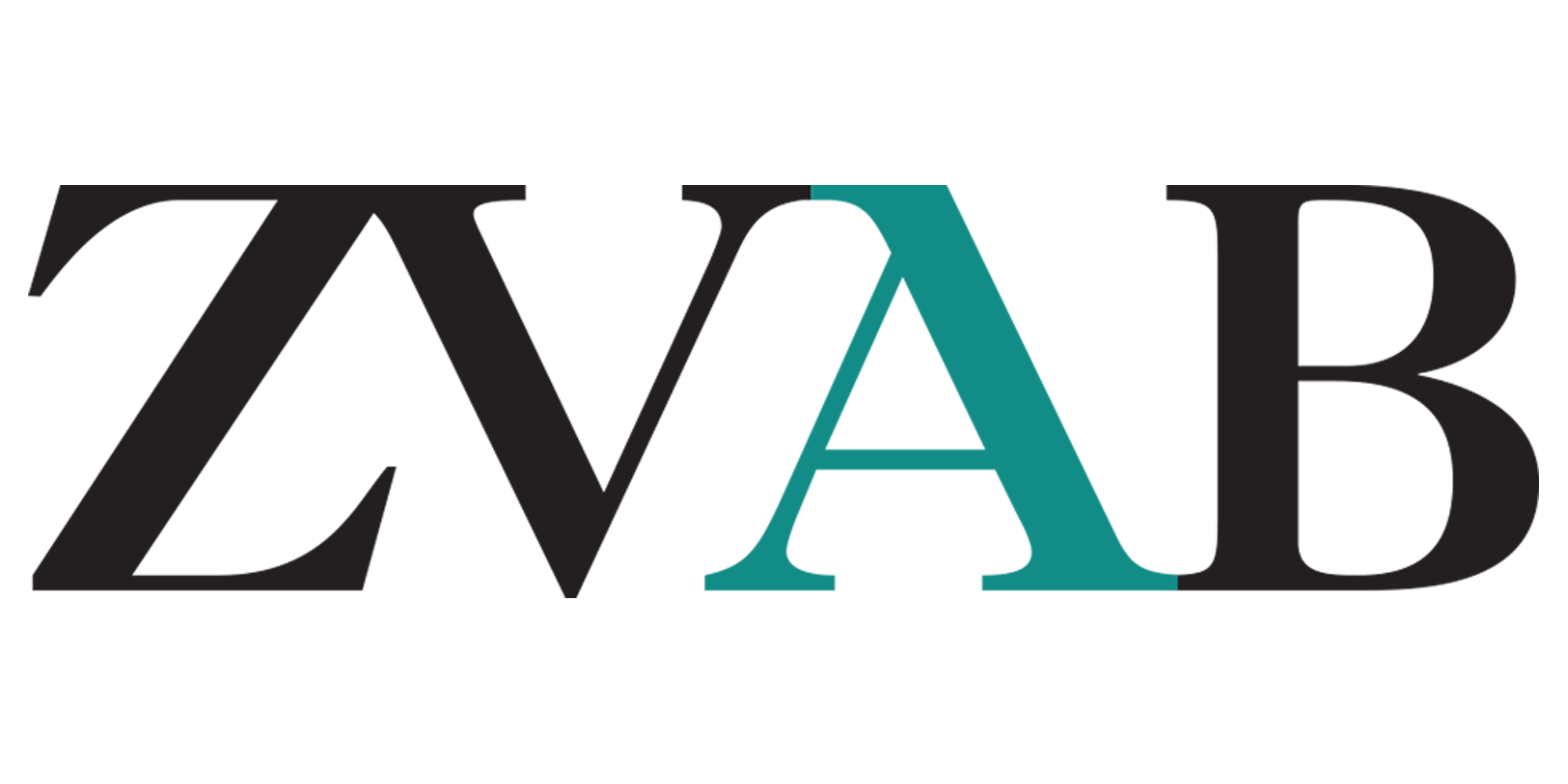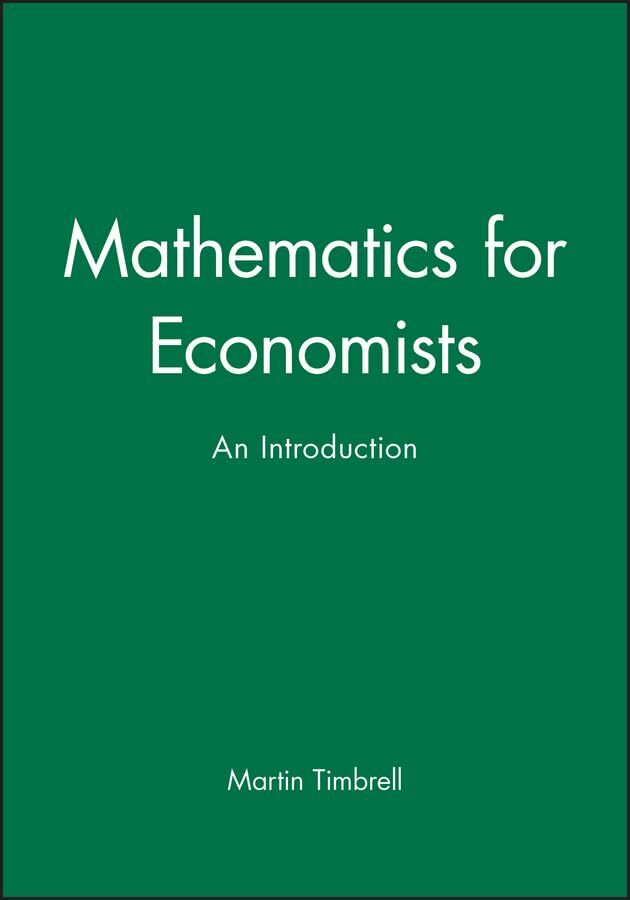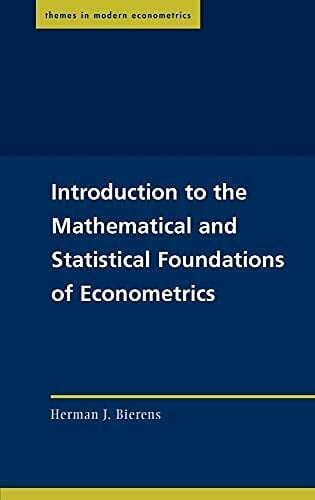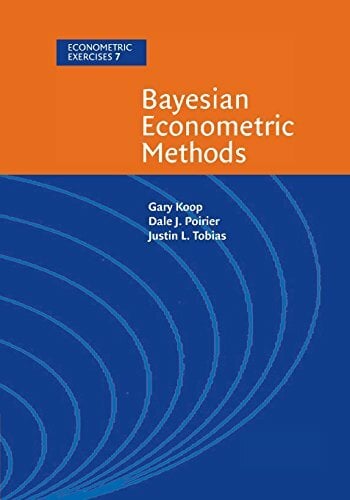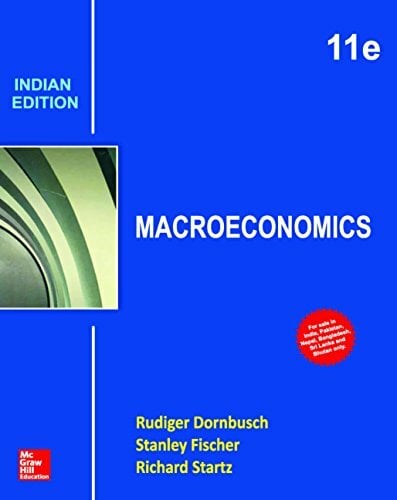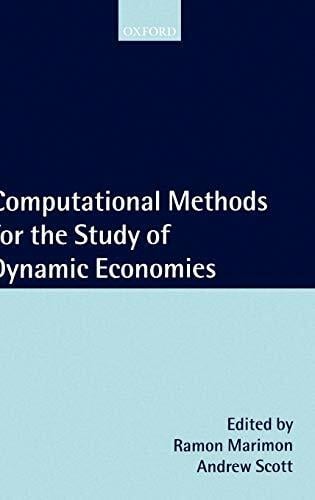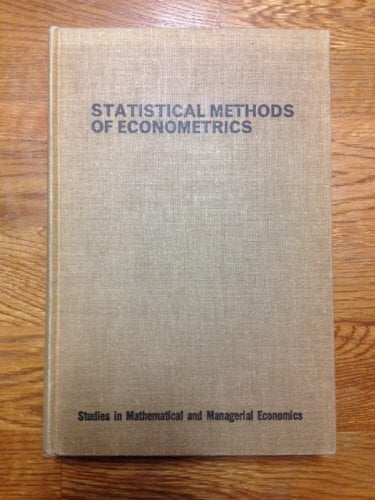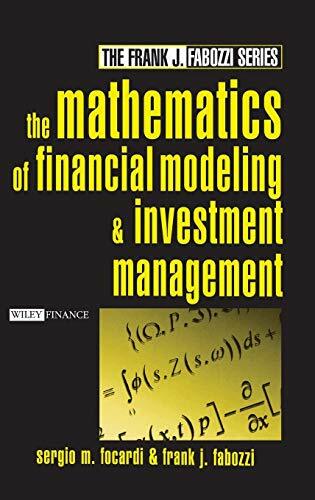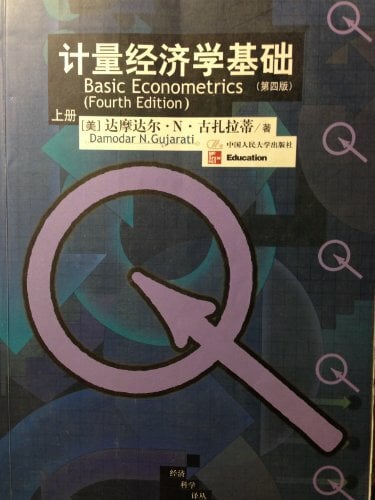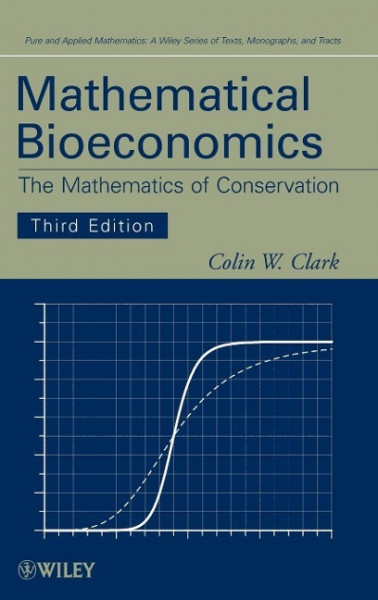
Mathematical Bioeconomics 3E
Kurzinformation
inkl. MwSt. Versandinformationen
Artikel zZt. nicht lieferbar
Artikel zZt. nicht lieferbar

Beschreibung
"Overall, this is an appealing work for students and professionals, and is certain to remain as one of the key works in natural resource analysis." - Mathematical Reviews Biological renewable resources, essential to the survival of mankind, are increasingly overexploited by individuals and corporations that often sacrifice long-term economic health and sustainability for short-term gains. Mathematical Bioeconomics: The Mathematics of Conservation, Third Edition analyzes the economic forces underlying these misuses of renewable resources and discusses more effective methods of resource management. Promoting a complete understanding of general principles, the book allows readers to discover how rigorous mathematical models that incorporate both economic and biological factors should replace intuitive arguments for conservation and sustainability. This Third Edition continues to combine methodologies from the fields of economics, biology, and mathematics to explain how analytic models are essential for developing a complete understanding of complex resource systems. The book has been updated to address the need for incorporating individual economic incentives, the value of diversity, and the overriding importance of uncertainty in mathematical models. Coverage of game theory, overcapacity, uncertainty, and risk analysis has been added as well a expanded treatment of topics such as: * Models of individual harvest behavior and economic incentives * Response of individual harvester to various types of harvesting regulations * Reasons underlying excess harvesting capacity * Externalities in resource harvesting industries * Decision analysis in biological resource management Fundamental concepts of population dynamics and economics are utilized throughout the book while mathematical techniques are incorporated in an accessible manner. Relevant data from current research sheds light on the presented material, and exercises provide readers with an opportunity to test comprehension of discussed mathematical methods and techniques. Continuing to provide a complete and modernized presentation of the fundamental principles of the topic, Mathematical Bioeconomics, Third Edition is an excellent book for courses on applied mathematics, resource management, and environmental studies at the upper-undergraduate and graduate levels. It also serves as an insightful reference for resource managers, ecologists, biologists, and other professionals who work to improve the management of renewable resources and develop sustainable practices in the environmental sciences. Send Comment von Clark
Produktdetails

So garantieren wir Dir zu jeder Zeit Premiumqualität.
Über den Autor

- Kartoniert -
- Erschienen 1970
- Cambridge University Press
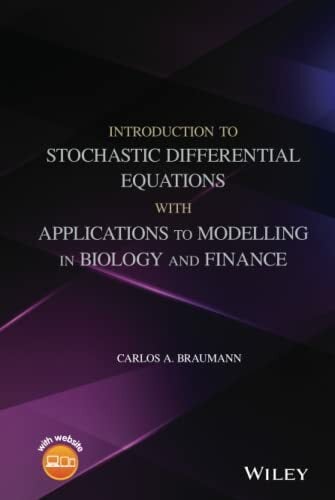
- hardcover
- 299 Seiten
- Erschienen 2019
- Wiley
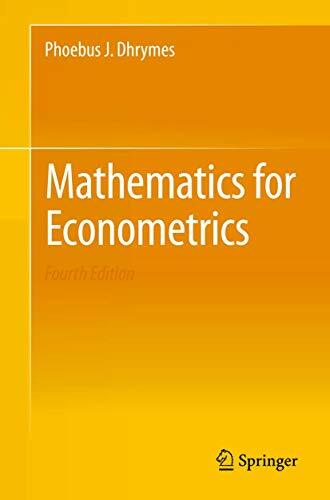
- paperback
- 440 Seiten
- Erschienen 2013
- Springer

- paperback
- 508 Seiten
- Erschienen 2002
- Cambridge
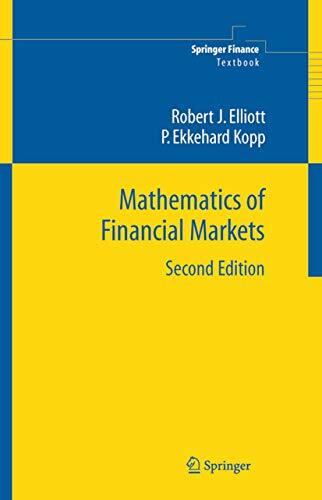
- Gebunden
- 352 Seiten
- Erschienen 2005
- Springer

- hardcover
- 700 Seiten
- Erschienen 1996
- Springer

- Hardcover
- 976 Seiten
- Erschienen 2018
- Pearson Studium

- Hardcover -
- Erschienen 2013
- Springer Gabler
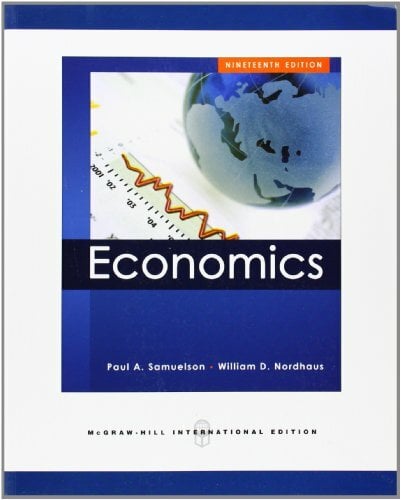
- Kartoniert
- 715 Seiten
- Erschienen 2009
- Mcgraw-Hill Higher Education

- Kartoniert
- 466 Seiten
- Erschienen 2010
- Vieweg+Teubner Verlag

- Gebunden
- 516 Seiten
- Erschienen 2004
- The MIT Press
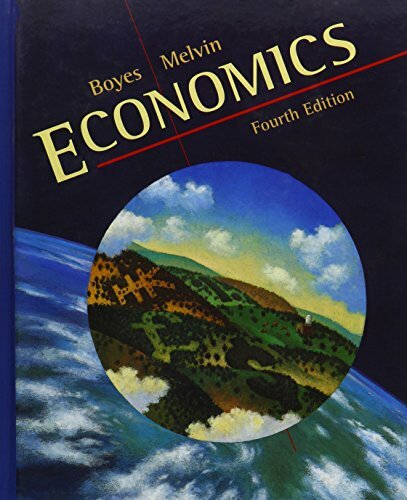
- hardcover
- 951 Seiten
- Erschienen 1998
- Houghton Mifflin (Academic)




